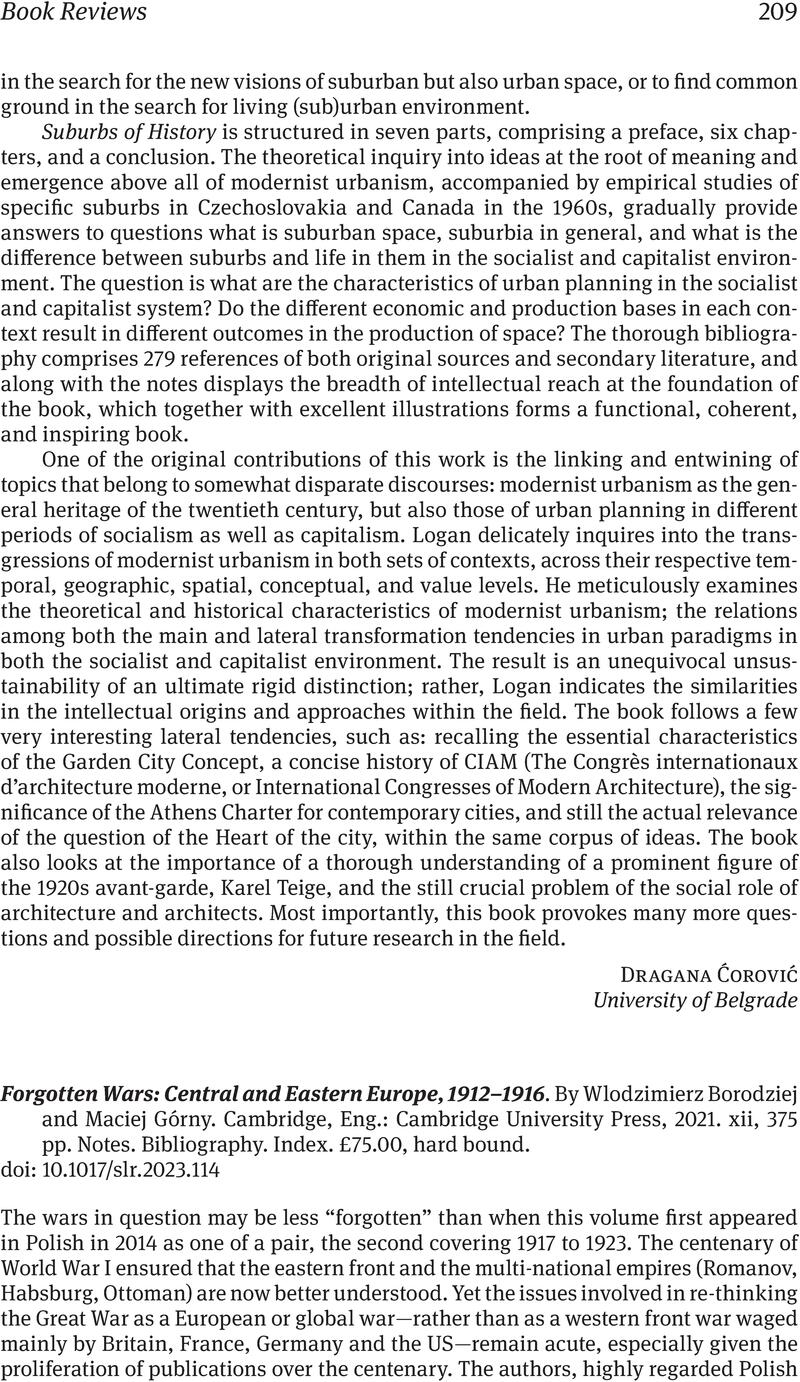No CrossRef data available.
Article contents
Forgotten Wars: Central and Eastern Europe, 1912–1916. By Wlodzimierz Borodziej and Maciej Górny. Cambridge, Eng.: Cambridge University Press, 2021. xii, 375 pp. Notes. Bibliography. Index. £75.00, hard bound.
Review products
Forgotten Wars: Central and Eastern Europe, 1912–1916. By Wlodzimierz Borodziej and Maciej Górny. Cambridge, Eng.: Cambridge University Press, 2021. xii, 375 pp. Notes. Bibliography. Index. £75.00, hard bound.
Published online by Cambridge University Press: 03 August 2023
Abstract
An abstract is not available for this content so a preview has been provided. Please use the Get access link above for information on how to access this content.

- Type
- Book Review
- Information
- Copyright
- Copyright © The Author(s), 2023. Published by Cambridge University Press on behalf of the Association for Slavic, East European, and Eurasian Studies


